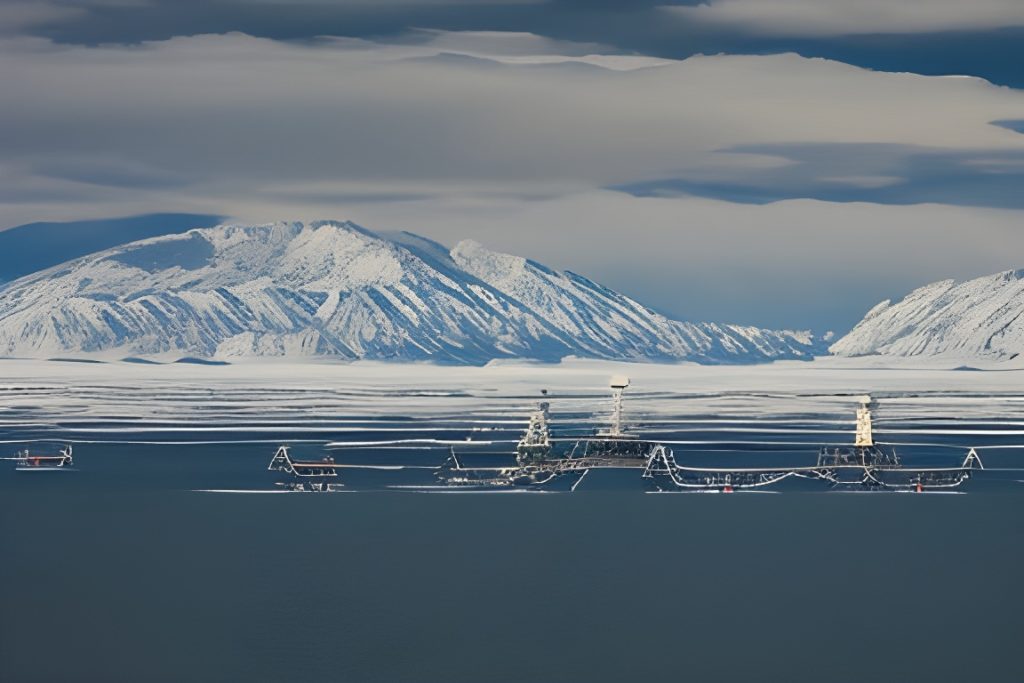
What Is The Willow Project?
And Why Is It Important To Alaska
Introduction:
The Willow Project is an oil and gas drilling project located in the North Slope of Alaska. The project is being developed by ConocoPhillips, an American multinational energy corporation, and is expected to produce up to 160,000 barrels of oil per day.
In this essay, we will discuss the Willow Project in detail, including its location, the potential benefits and challenges associated with it, and why it is essential for Alaska’s economic development.
Location:
The Willow Project is located in the National Petroleum Reserve in Alaska (NPRA), an area of 22.8 million acres on Alaska’s North Slope. The NPRA is managed by the Bureau of Land Management (BLM), an agency within the United States Department of the Interior.
The project’s location is significant because it is estimated to hold over 450 million barrels of recoverable oil and gas reserves. The oil reserves are located approximately 15 miles west of the Alpine oil field, which is currently producing around 100,000 barrels of oil per day.
Benefits:
The Willow Project is expected to have numerous benefits for Alaska’s economy and energy security. The most significant benefits are as follows:
Job Creation: The project is expected to create up to 2,000 jobs during the construction phase and up to 300 permanent jobs during the operation phase.
Economic Growth: The project is expected to generate significant revenue for the state of Alaska through taxes and royalties. The state of Alaska has a revenue-sharing agreement with the federal government for oil and gas development in the NPRA. Under the agreement, Alaska receives 50% of the revenues generated from oil and gas production.
Energy Security: The Willow Project will increase Alaska’s domestic oil production, reducing the state’s dependence on imported oil. It will also contribute to national energy security by increasing the country’s domestic oil production.
Infrastructure Development: The project will require the construction of pipelines, roads, and other infrastructure, which will benefit the local communities by improving their access to essential services.
Environmental Safeguards: ConocoPhillips has implemented several environmental safeguards to ensure that the project’s development does not harm the surrounding environment. The company has worked closely with federal and state regulators to develop an environmentally responsible plan for the project.
Challenges:
The development of the Willow Project is not without its challenges. The most significant challenges are as follows:
Environmental Concerns: The project’s development could potentially harm the local environment and wildlife, including caribou and polar bears. The BLM has required ConocoPhillips to implement several environmental safeguards to minimize the project’s impact on the surrounding environment.
Opposition from Environmental Groups: Several environmental groups have opposed the project’s development, citing concerns about the project’s impact on the environment and climate change.
Opposition from Indigenous Communities: Some indigenous communities have opposed the project’s development, citing concerns about the project’s impact on their traditional way of life.
Market Uncertainty: The oil and gas market is subject to significant fluctuations in price and demand, which could affect the project’s profitability.
Importance to Alaska:
The Willow Project is crucial for Alaska’s economic development and energy security. Alaska’s economy is heavily dependent on the oil and gas industry, and the state has been struggling with declining oil production in recent years. The project’s development will help reverse this trend and contribute to the state’s economic growth.
The project’s development will also help reduce Alaska’s dependence on imported oil, which currently accounts for a significant portion of the state’s energy consumption. The project will increase Alaska’s domestic oil production, contributing to the state’s energy security.
Furthermore, the revenue generated from the project will benefit Alaska’s economy and provide much-needed funding for essential services such as education, healthcare, and infrastructure development.
